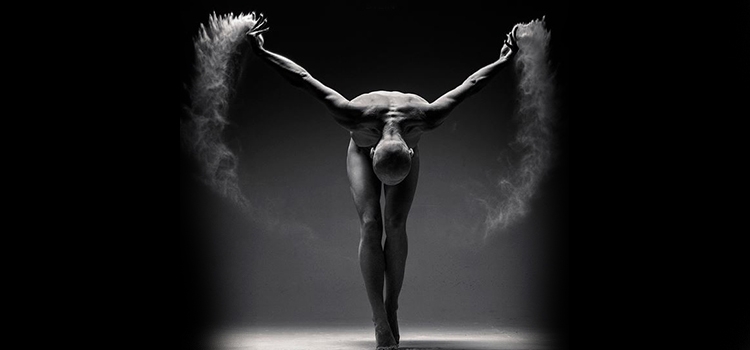
An arm lift, or otherwise known as brachioplasty, can remove the excess skin and fat deposits, leaving the upper arms with a more pleasing and youthful contour. As a person ages, upper arm skin can become loose and flabby.
Dr. Hakan Gundogan will consult with patients about undergoing surgery for an arm lift if they wish to tighten this skin to look and feel more youthful.
The incision extends from the elbow to the underarm, and sometimes on to the side of the chest. In some instances, your plastic surgeon may recommend that liposuction be used alone or in conjunction with an arm lift to remove excess fat in the upper arms.
Upper arm excess in a massive weight loss patient usually crosses the armpit and involves loose skin that extends onto the chest region. Brachioplasty, or upper arm reduction surgery, usually involves reducing the skin through a scar that runs on the inner part of the upper arm, often crossing onto the armpit.
* Reduction in upper arm excess
* Better self image/confidence
* Being able to wear short sleeve clothing without being self conscious
Arm Lift surgery can be performed on a large variety of patients including normal weight patients who simply need a little tightening.
However the majority of patients are massive weight loss patients that have stabilized their weight loss and do not have out of control medical problems. They present with excess skin and fat in their upper arms. Many of these patients complain that their arms feel and look like “bat wings”. Occasionally some older women have a lot of extra skin that is bothersome and would also be reasonable candidates.
Upper arm reduction involves the removal of skin and necessitates the creation of a scar that starts near the elbow, traverses to the armpit, and often crosses onto the chest wall. Any scar goes through a maturation process, which takes a year to complete. Most scars are conspicuous, at least initially.
Dr. Hakan Gundogan prefers to place the upper arm reduction scar on the inner arm aspect so that it is not visible when the patient’s arm is by their side. Other surgeons prefer to place the scar a bit more towards the back of the arm so that it is not visible from the front, especially when the patient is observed from the front while moving the arm.
If you are a smoker, it is recommended that you stop smoking well in advance of the surgery. Smoking can affect your ability to heal. Certain medications that increase the risk of bleeding such as Aspirin, non-steroidal anti-inflammatory medications, and some vitamins/homeopathic regimens should be discontinued prior to arm lift surgery.
Most arm lifts are performed under a general anesthetic, although some surgeons will utilize a local anesthetic, with sedation. It is important that the facility that the procedure is performed in is an accredited facility where the type of anesthesia utilized is allowed.
For patients who have minimal upper arm fat excess, with no skin excess, liposuction alone can be effective.
For patients that have some extra skin that is minimal in nature and is located near the armpit, an improvement can be attained through a scar limited to the armpit.
For patients who present with a lot of upper arm excess, as in the case of most massive weight loss patients, tissue must be removed through a scar that runs from the elbow, through the armpit, and onto the side of the chest.
* Dr. Hakan Gundogan prefer neither to wrap the arms nor use compression garments
* Dr. Hakan Gundogan prefer that the arms are elevated for a few days, above the heart
* Slow return of normal function of the arms and hands over a couple of weeks
Postoperative pain is subjective and will vary considerably from person to person. The average patient undergoing an upper arm reduction procedure will usually require a few days of oral pain medication to treat discomfort.
Immediately after surgery some patients will have a feeling of tightness in the upper arm as the area swells due to the trauma of surgery. Some patients may develop swelling and some tingling of the hands as well. Most of these symptoms resolve with time.
Over a 7 to 10 day period most people resolve the majority of their acute postoperative pain.